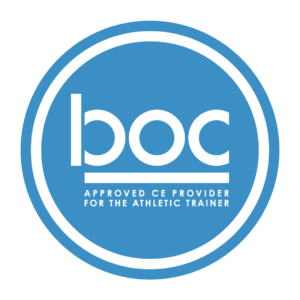Virtual
Online, Faculty-led
Jul. 14 - Aug. 23, 2025
Regina M Landrus
RegisterThe goal of this 6-week online course is to teach clinicians how to integrate Pain Neuroscience Education (PNE) into their clinical practice. Current best evidence has shown that neuroscience educational strategies utilizing neurobiology and neurophysiology can reduce pain, increase function, reduce fear and catastrophization, improve movement and change cognitions, and brain activation in people during pain experiences. This class will cover the evolution of PNE, explain why neuroscience education is needed in physical therapy, and teach the foundations of pain neurobiology and neurophysiology. More importantly, participants will learn how to apply and implement PNE within their practice for patients with acute, sub-acute, and chronic pain.

Evidence In Motion is an AOTA Approved Provider of professional development. PD activity approval ID #7541. This Distance learning-interactive activity is offered at 3.3 CEUs Introductory, Foundational Knowledge, OT Service Delivery. AOTA does not endorse specific course content, products, or clinical procedures.
Click here to see the accreditation statement for this course.

Evidence In Motion is a BOC approved provider of continuing education.
Not seeing any courses in your state? Click here to be alerted when we announce a course in your area!
The course really gave me an entirely new perspective on how to approach chronic pain management.
I highly recommend the course as an introduction to the modern approach to treating chronic pain. It will completely revolutionize our approach in my clinic.